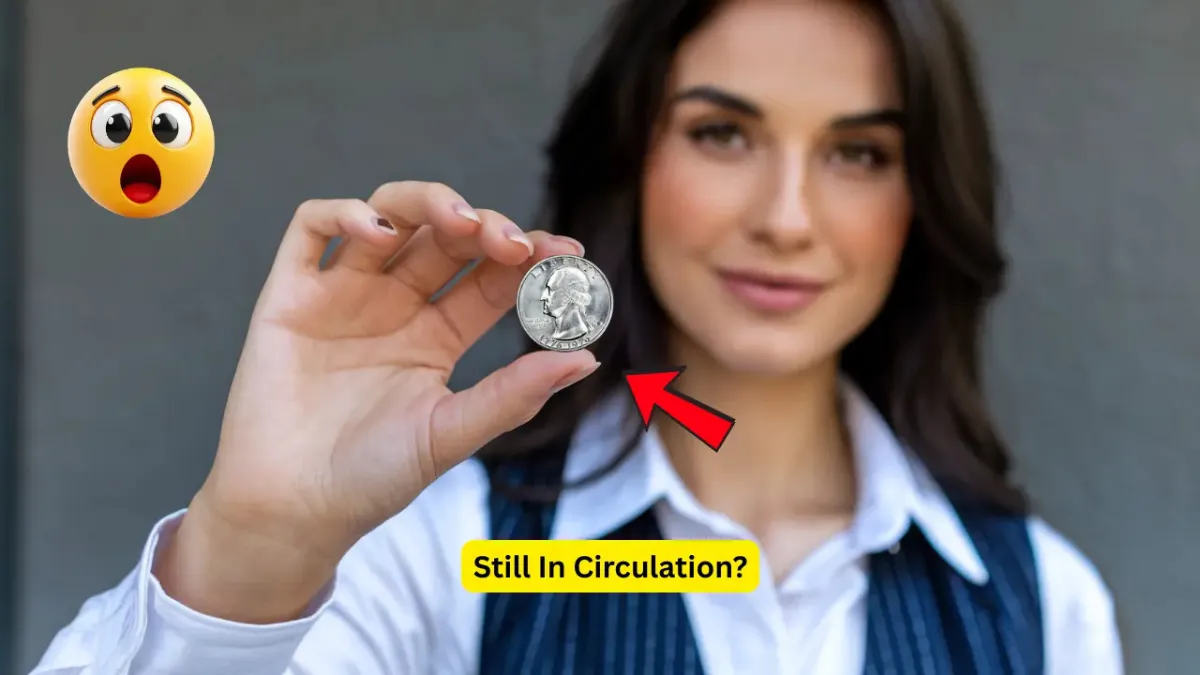The Story Behind the Bicentennial Quarter
In 1976, the United States celebrated its 200th anniversary of independence, a milestone that called for special commemorative items to mark the occasion. Among these was the Bicentennial Quarter, a 25-cent coin issued by the U.S. Mint. Unlike regular quarters, this special edition featured a unique reverse design showcasing a colonial drummer, symbolizing the spirit and history of America’s fight for freedom.
The coins were minted with the dual date “1776–1976,” setting them apart from typical quarters that display only a single year. Millions of these Bicentennial Quarters were produced and circulated widely, making them a familiar sight in everyday American life. Despite their common presence, these coins carry a historical significance that goes beyond their face value, serving as miniature time capsules of a pivotal moment in the nation’s past.
Why One Bicentennial Quarter Is Worth Millions
While most Bicentennial Quarters are worth just their face value or a little more to collectors, there is one particular coin that stands out dramatically due to a rare and extraordinary minting error. This rare quarter was minted using 95% silver rather than the standard copper-nickel alloy typically used in circulation coins. On top of this unusual composition, the coin exhibits a doubled die error — a minting flaw where the coin’s design is accidentally duplicated, giving it a distinctive look.
Additionally, it features an off-center strike, meaning the image is not properly aligned on the coin’s surface. Such errors are incredibly scarce, and to date, only one official specimen with this combination of features is known to exist. This coin has fetched a record-breaking price of $7.7 million in private sales, making it one of the most valuable American coins ever discovered. Its rarity and uniqueness contribute immensely to its extraordinary valuation.
Why These Valuable Quarters Might Still Be Out There
Despite the staggering value of this rare Bicentennial Quarter, many experts believe that similar error coins may still be hiding in plain sight. Because the majority of these coins were minted for general circulation, it is likely that some misstruck or silver-composition quarters slipped through quality control unnoticed and entered everyday cash flow. The average person would not easily identify these coins as special, often spending them or saving them alongside regular quarters without realizing their potential worth.
Stories from collectors and hobbyists reveal that rare coins often turn up during routine coin-sorting sessions or casual clean-outs of coin jars and drawers. The fact that these valuable coins are small, inconspicuous, and blend in so well with ordinary change suggests that there could be undiscovered treasures waiting to be found by those who know what to look for and take the time to check their loose coins carefully.
How to Spot a Valuable Bicentennial Quarter
If you want to determine whether you might own one of these rare and valuable Bicentennial Quarters, there are specific signs and characteristics to look out for. First, weigh the coin — a genuine silver quarter will feel noticeably heavier than the standard copper-nickel version due to silver’s higher density. Silver coins also have a distinct shine and luster that differs from their base-metal counterparts. All authentic Bicentennial Quarters display the dual date “1776–1976” on the obverse side.
Beyond the date, examine the coin carefully for minting errors such as doubled die images, off-center strikes, or unusual die marks, all of which significantly enhance a coin’s value. Also, check the mintmark — coins from certain mints, like the San Francisco Mint, might have unusual markings that warrant further investigation. If you suspect your coin is rare, it’s essential to have it evaluated by a professional numismatist or a reputable coin grading service like PCGS or NGC, which can authenticate the coin and provide an official value assessment.
FAQ
Q: What makes the rare Bicentennial Quarter different from regular ones?
A: It is composed of 95% silver, features a doubled die minting error, and has an off-center strike, making it unique and extremely rare.
Q: How many of these rare silver Bicentennial Quarters exist?
A: Only one officially confirmed specimen is known to exist, making it extraordinarily valuable.
Q: Can ordinary people still find these rare quarters in their change?
A: Yes, because many error coins likely entered circulation unnoticed, they could still be found in everyday cash or coin collections.
Q: What should I do if I think I have a valuable error quarter?
A: Consult a certified numismatist or send the coin to a professional grading service like PCGS or NGC for authentication and valuation.
